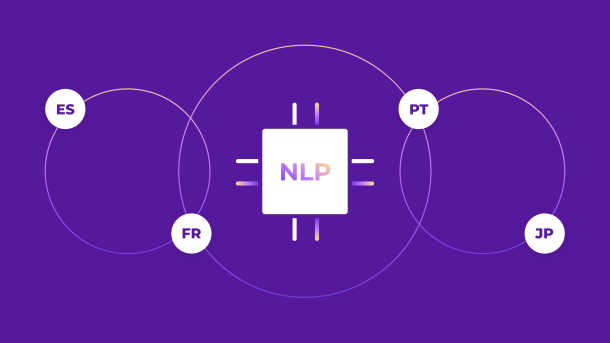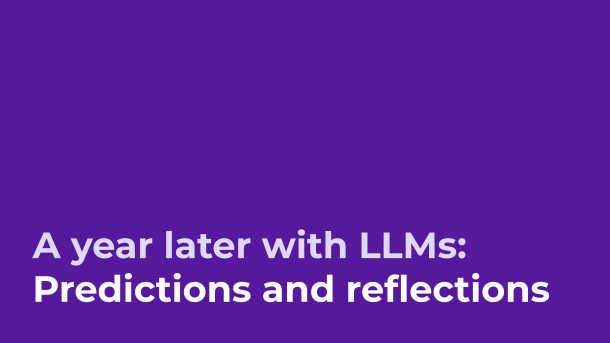There is no doubt that the translation market has shifted over the last few years. With the emergence of generative AI, economic pressure to cut costs, and increased expectations from customers, companies are faced with a new landscape when it comes to choices around translation.
In our latest webinar, Smartling customer leaders explored insights from our new report, The State of Translation, and analyzed some of the key trends emerging in 2024. Here are five of the most interesting takeaways they covered:
1. Translation volume up 30%
One of the most unexpected findings in the report was that, on average, companies are projected to translate 30% more this year compared to 2023, despite the global economic downturn. The speakers identified three key factors contributing to this increase:
- Advancements in AI reducing translation costs
- Increased expectations from consumers to access content in their native language
- Rise in mandated translation requirements
They expect this growth trend to persist into 2025 as more companies adopt AI, leading to a significantly lower average cost per word.
2. Top 50 target locales remain consistent
Despite significant changes over the past three years, one aspect has remained fairly stable: the top 50 target locales. With a few minor adjustments, the report revealed that 49 of the top 50 locales from 2021 are still the same today. The speakers noted that some shifts can likely be attributed to broader economic conditions and changes in regions where these languages are spoken.
For instance, Portuguese (Brazil) has risen from the 14th most translated locale in 2021 to 8th place in 2024, reflecting market growth as companies expand into Latin America.
Another noteworthy trend is that English has entered the top ten this year, highlighting a pattern we've observed internally, where more companies are utilizing source languages other than English on the platform with greater frequency.
3. Machine translation accounts for nearly 40% of translation
Machine translation (MT) once carried a stigma and was rarely used. However, the financial pressures from the COVID-19 pandemic prompted companies to adopt MT to handle large volumes of content. With ongoing technological advancements, the quality of MT has improved significantly, steering the translation industry toward an AI-first approach.
This transformation not only boosts translation quality but also lowers costs, making translation services more accessible and efficient for businesses. As a result, we've seen a remarkable 25 percentage point increase in MT usage since 2021, highlighting a clear shift towards this strategy in response to the current economic landscape.
4. Average automation is at 93%
Alongside the increasing reliance on machine translation (MT), there is a significant trend toward efficiency and automation in translation processes. Notably, over 60% of Smartling customers now utilize automation for at least 90% of content ingestion and publication, with the average level of automation reaching an impressive 93%.
Automation allows customers to concentrate on value-added tasks by minimizing manual work, reducing human errors, and providing substantial time and cost savings. This is especially beneficial for operations like website translation, where integrated systems can streamline processes and decrease the need for rework, highlighting the clear advantages of automation.
5. 75% of companies plan to use AI next year
AI's role in the translation landscape is undeniably on the rise, compelling customers to acknowledge its immense potential. Responses among companies vary; some see it as an enhancement of their existing tools, while others regard it as a completely new approach that necessitates additional education and support. Despite the complexities of this relatively new technology, the benefits of integrating AI into translation—such as increased speed and cost-effectiveness—are significant.
Our research survey revealed that while less than half of companies had experimented with AI in 2024, over 75% plan to adopt it within the next 12 months. Clearly, AI in translation is here to stay, and we look forward to monitoring the trends in the coming year.
Conclusion
These trends underscore the industry's commitment to change and adaptation, driven by the need for cost-efficiency and innovation. In a world where the importance of translation and localization is growing, staying abreast of these trends will be key to maneuvering successfully within this dynamic and evolving industry.
Want to dive deeper into the state of translation? Catch up on the full webinar and read our full 2024 State of Translation Report.






